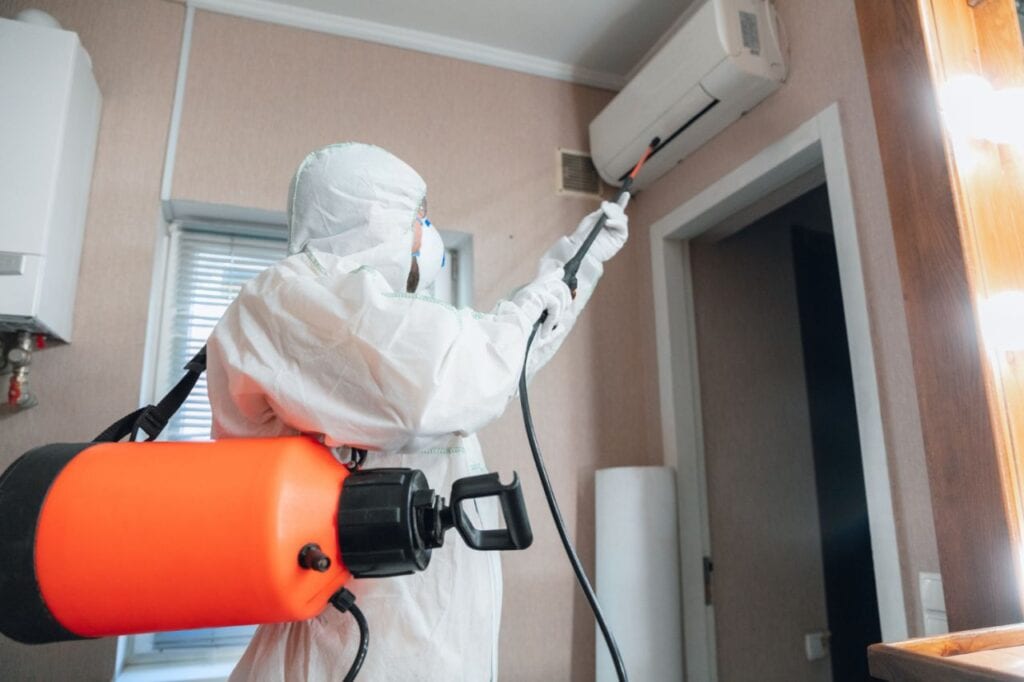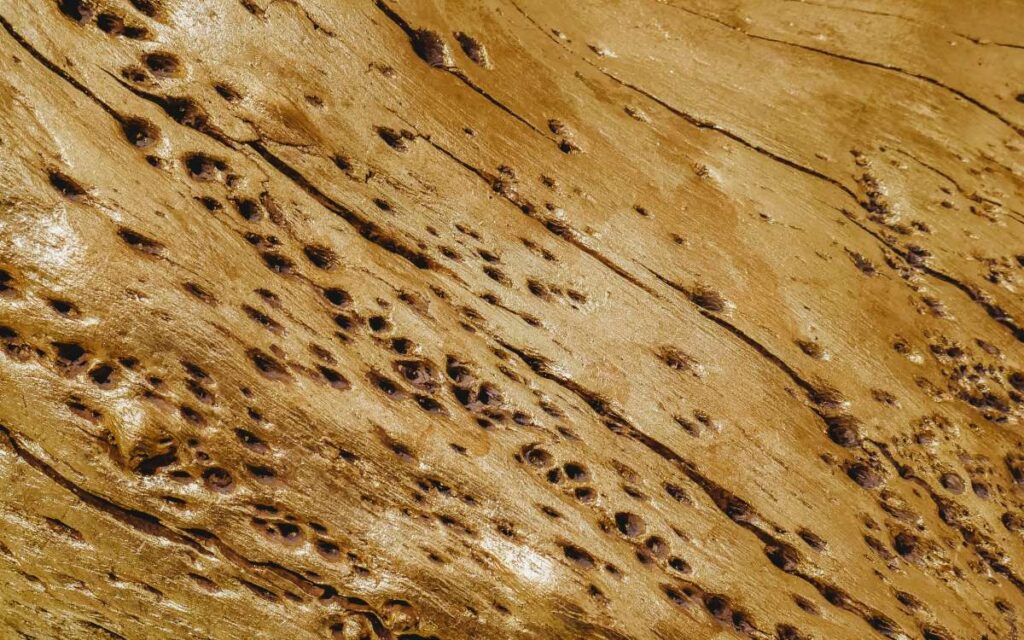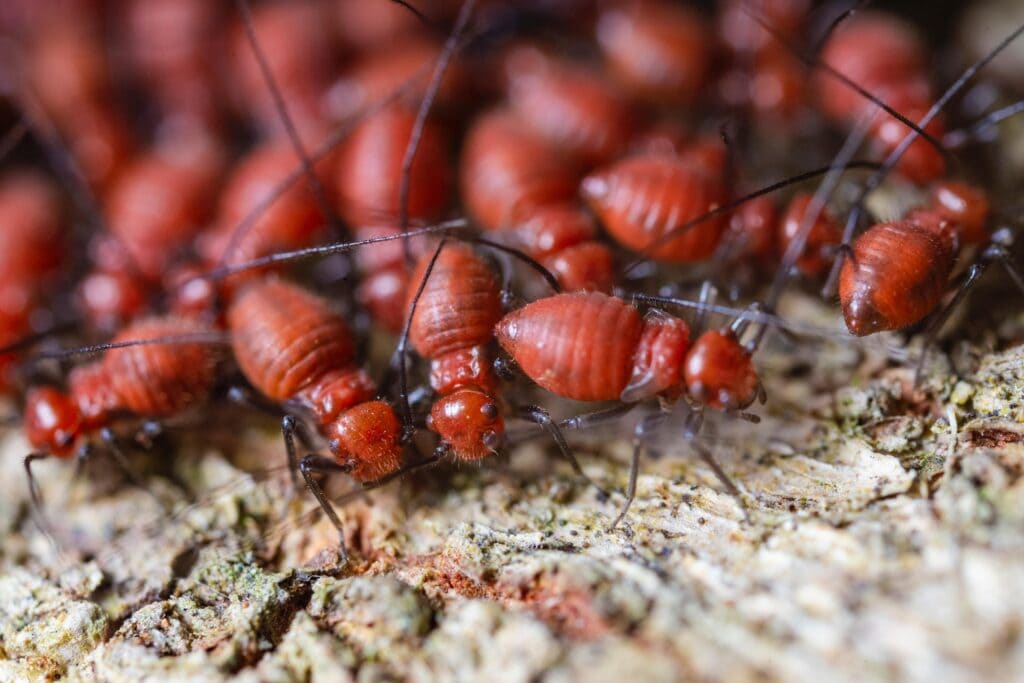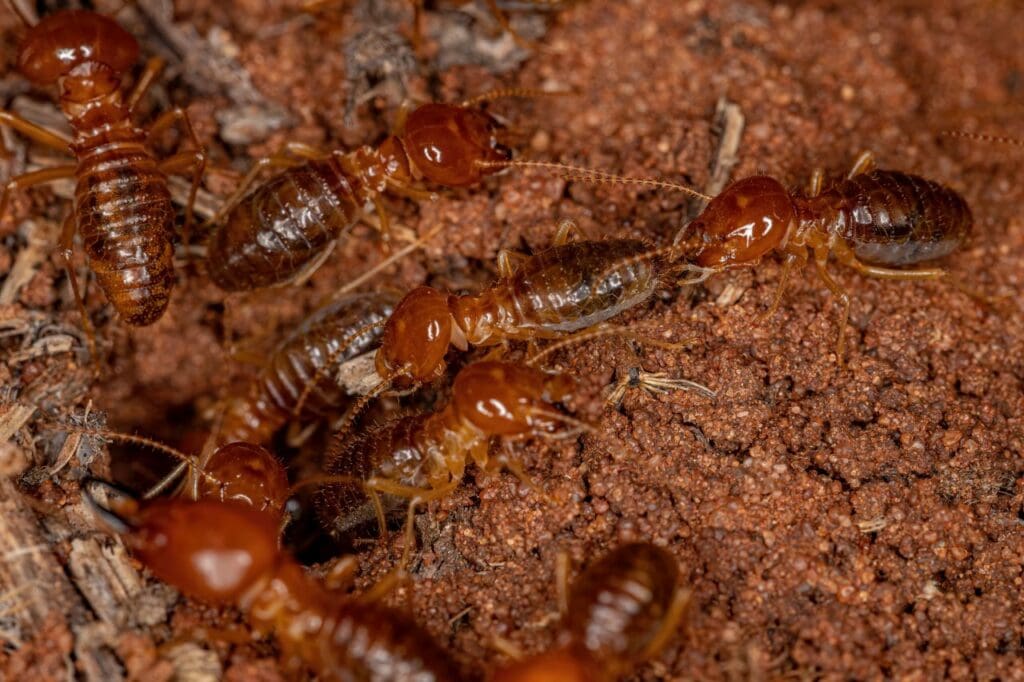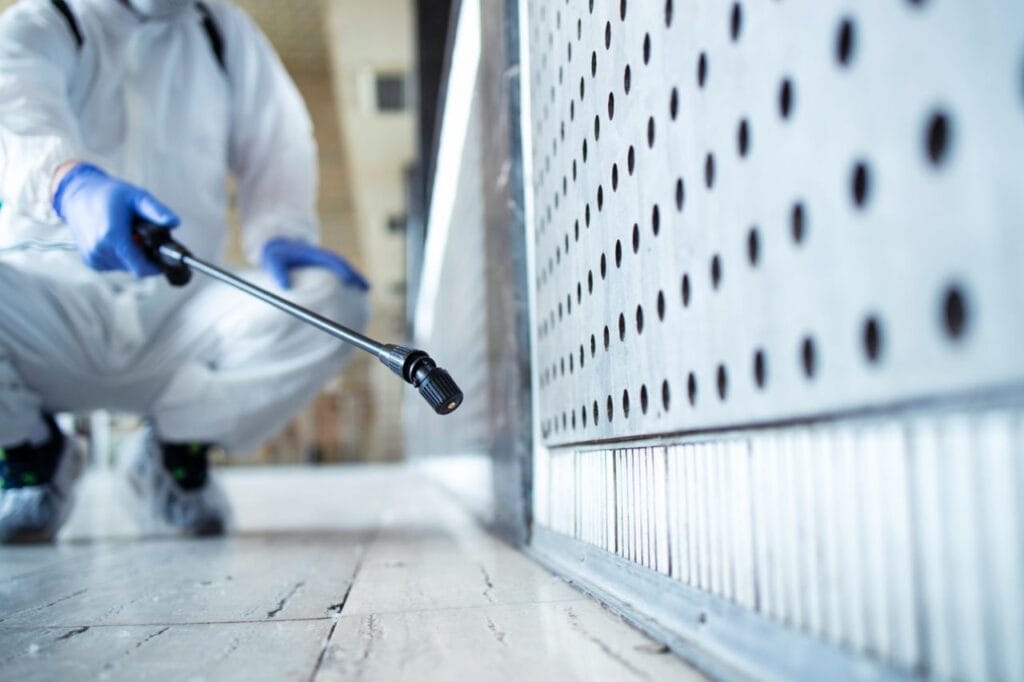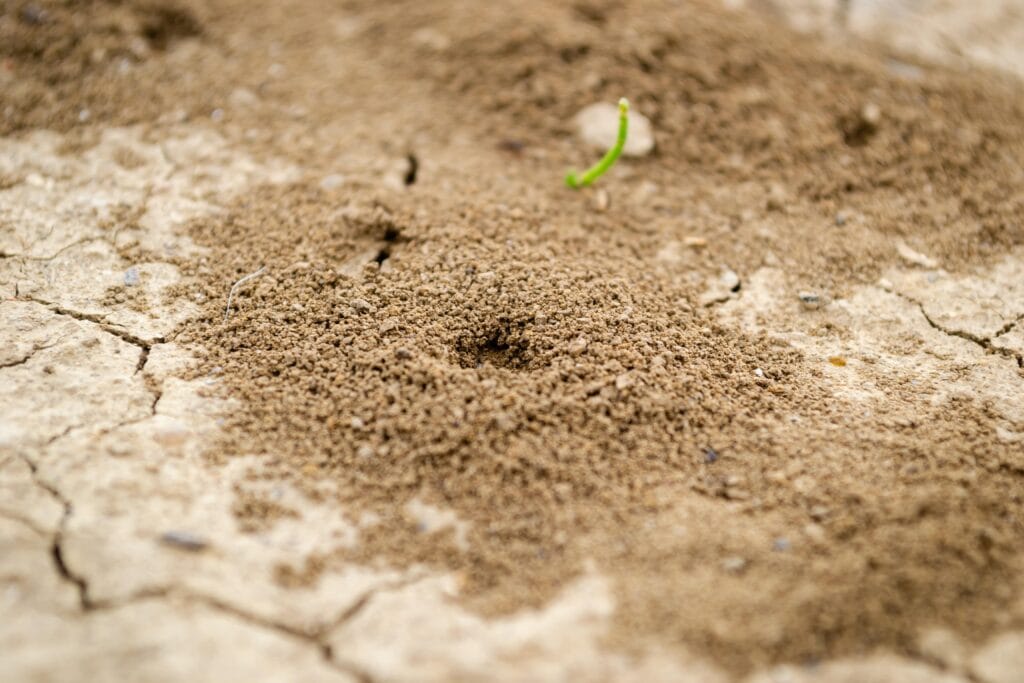Termites are known for their destructive behaviour, which includes feeding on the wood and cellulose that make up your home's foundation. Over time, they will weaken the structure, damage walls, and make your windows and door frames ineffective. Termites build mud tunnels to transport food, which can be detrimental to the overall aesthetic value of a structure. The frass or droppings that termites leave behind can also harm the structure's appearance.
In this comprehensive guide, we explore the complex nature of termite infestations and offer expert ideas on spotting and controlling them effectively.
Identify Termite Infestation Signs In Your Home
Termites are less obvious than other pests like ants and cockroaches, and they rarely, if ever, come up for food, making infestations difficult to spot. Consequently, you should pay closer attention to your home's environments and structures for termite infestation indicators.
The first thing you should do is check the flooring in your home for any indications of termites, such as blisters or bubbling.
Secondly, termites construct mud tubes that run from beneath to above ground (on walls) to return with food while remaining hidden from the sun.
Thirdly, you might see empty timber, panels, or walls. Termites eat wood and other cellulose materials, which weakens the structure of your foundation.
Fourth, swarmers are always building new nests and colonies, so you might notice what look like "flies" or "flying termites" with their wings left behind on surfaces. As a last sign of their demise after eating wood, you may see "frass" along the edges of windows and door frames; it resembles sawdust.
How Can I Tell If I Have Termites?
When it comes to prevention, you should first keep an eye out for termites. There is a low probability that termites will emerge from the mud tubes, soil, or food sources they have tunnelled through. Before noticing a swarm or discovering damage during building, most people are unaware they have termites in their homes. The following is a list of some of the methods that you can use to determine whether or not you have termites:
- Determine whether the exposed wood has any hollow spots by probing it with a flathead screwdriver or another tool of a similar nature.
- Determine the presence of termite swarms (it is possible that ant swarms are misinterpreted for termites).
Termites
- The length of the wings is about equal.
- Straight antennae may droop.
Ants
- The front wings are longer than the back wings.
- The antennae are bent at a 90-degree angle.
How Do I Avoid Termite Infestation?
Maintain A Clean Yard!
As mentioned above, dead wood is a food source for termites, and if dead wood is found close to the exterior of your home, it can also create a convenient access point.
Grass must be cut and raked often, while trash, branches, and twigs must be picked up. Be cautious with your mulch; ensure it is at least four inches from your house. Pine needles, pea gravel, and other inorganic mulches are naturally termite resistant, but untreated wood chips and softwood mulch attract termites because they provide food and a location to nest.
Schedule A Termite Inspection Every Year
You can protect yourself from the threat of termites by having termite inspections performed regularly. Professional pest technicians, such as the ones we use, will assist in accurately identifying problem areas. This will ensure that any indication of a termite infestation is discovered early enough to prevent any major or expensive damage that needs to be repaired.
Trees Having Extensive Root Systems Should Be Avoided
Installing a termite barrier around your property is one of the most effective techniques to prevent an infestation of termites. Regrettably, tree roots have the potential to penetrate the barrier, providing termites with a point of entry into your residence.
Trees and roots that have died are another source of concern. Deadwood is of great interest to termites, and a dead tree on your property can have roots that extend to the outside of your house. It is possible for a termite infestation to begin in the forest stump of a dead tree and then spread throughout the root system until it reaches your house.
Keep an eye out for any plants or trees with extensive root systems, steer clear of planting trees close to your house, and be sure to get rid of any dead stumps on your property. Instead of coping with the damage produced by a termite infestation, this will be a more cost-effective and time-consuming endeavour!
Gardening Against Your House Is Not A Good Idea
Weep holes are frequently covered, either in part or in their entirety, by vegetation growing up against a house. Because of this, termites can easily enter the framework of the property from the weep hole, the garden, and the framework.
There is also the possibility that gardens will obscure your view of the foundation of your house, making it more difficult to identify any indications of a termite infestation.
Finally, termites most often invade homes after water damage has occurred. A residence should be kept dry and away from plants for this reason. Be cautious when watering plants near your home's foundation to avoid getting water or dampness on the outside walls.
Keeping a visual inspection zone surrounding your house is important if you plan to construct a garden on your land! It is important that you have easy access to the building edge so that you can keep an eye out for termite leads. There must be a distance of at least fifty centimetres between any shrubbery and the wall on your house's exterior.
Be Cautious About Where And How You Install An Outdoor Spa Bath
If you're attempting to keep termites at bay, a spa bath is an annoyance because it produces moisture, which is an attraction for termites.
You should make every effort to avoid placing a spa on a deck made of timber if you already own one or are going to construct one in the near future. If you don't, you're inviting termites and providing them with a food source in a dark, damp spot. Additionally, you should avoid positioning your spa so that it is directly against the foundation of the house, and you should exercise caution while selecting the sort of mulch to use around the spa.
Spas, in whatever form, pose a threat because they encourage the soil underneath to become more damp, attracting termites. To be sure you're taking all the required measures to prevent termites, the most effective recommendation is to consult a pest control expert before constructing any structure around or for your spa bath.
Avoid Using Untreated Wood To Construct Retaining Walls, Outdoor Furniture, Garden Beds, Or Other Constructions
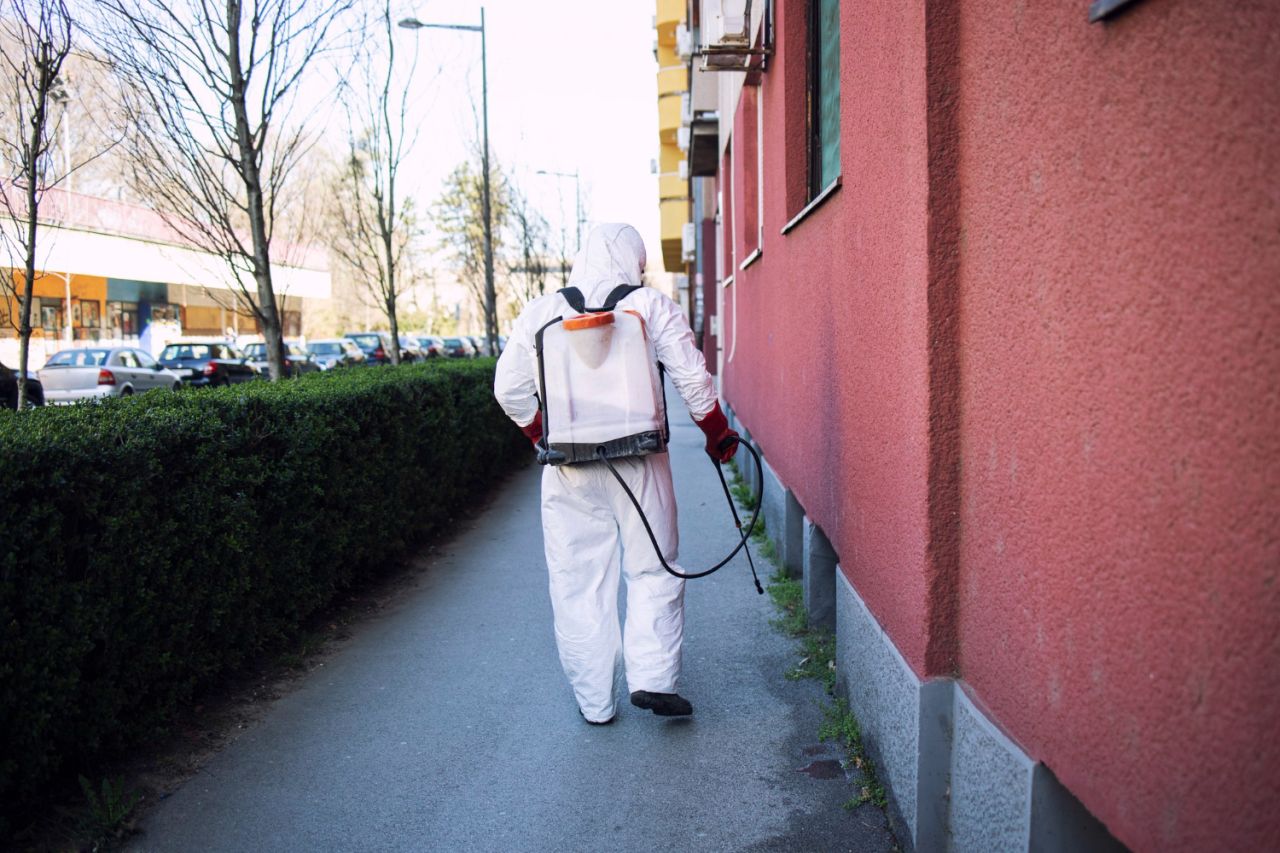
Termites are drawn to decaying and rotting wood because it provides them with a supply of food and attracts them. If the wood is located in close proximity to your house, this can be very hazardous. No retaining walls, outdoor furniture, garden beds, or other constructions should be constructed with untreated wood to reduce the risk of a termite infestation.
You should know that even treated wood is susceptible to fungal decay and moisture. The best way to protect yourself against wood is to avoid it completely. Anything that touches your home's exterior, such as pergolas, decks, and steps, necessitates this.
If you choose to construct something out of wood:
- To prevent any touch between the wood and the ground, stirrups made of metal should be utilised.
- All outside buildings and structures must be brought up to code.
- To ensure that you are using the appropriate materials with pests in mind, it is recommended that you obtain the assistance of a professional pest control service before constructing outside buildings. This will keep you from making any mistakes.
Avoid Storing Firewood Or Building Materials Directly On The Ground Or Next To Your Home
Due to the fact that firewood is a source of sustenance for termites, the last location you want it to be placed is right next to your house. To ensure that your firewood is stored properly, you should ensure that it is at least six metres away from your house and raised at least twenty centimetres from the ground. This will assist in preventing termites from establishing a colony on a potential food supply.
What Are The Different Kinds Of Termites?
The total number of termite species is around 45, with an estimated 2,500 species found worldwide. The most common way to classify termites is by the environment in which they thrive. As an example, the following are examples of termite types:
Dampwood
Damp wood termites need moist wood as their habitat, as the name of this type of termite suggests. They are most commonly spotted feeding on dead trees and fallen stumps. For them to be able to survive, termites need a significant amount of moisture. Because of this, they are typically discovered in decaying wood located close to a water leak or in an otherwise chilly and humid environment. In addition, a major moisture problem is indicated by the presence of a damp wood termite infestation.
Drywood
Infestation of dry wood termites does not require the termites to come into touch with the soil. They may establish several colonies within a single piece of wood or building and remain concealed within the substance they require for sustenance. These termites require extremely little moisture and can even survive in dead wood prevalent in dry environments. They may infest anything from utility poles to furniture and everything in between.
Subterranean
The wood and soil in contact with the earth are susceptible to infestation by subterranean termites. They must either reside close to a water source or remain in the soil, where they may obtain moisture, to survive. It is possible to discover them in residential structures, dead trees or stumps, or any dead wood that comes into contact with the ground.
Are There Different Ways to Get Rid of Termites?
Effective termite control is crucial for maintaining the integrity of your property. Understanding the different methods available can help you make informed decisions. This article delves into various termite treatment techniques, outlining their unique features and application processes.
In-Ground Baiting Systems Explained
A popular method for combating severe termite infestations is the in-ground baiting system. This approach involves strategically placing twenty-four small plastic bait stations around the perimeter of the property. These stations contain cellulose-based inserts, such as paper, wood, or cardboard, which attract termites.
The core mechanism of this system lies in an inhibitor that targets chitin synthesis, a critical process for termite growth and exoskeleton development. When termites consume this inhibitor, their growth slows, and they're unable to moult. Consequently, affected termites perish, and the spread of the inhibitor can lead to the collapse of the entire colony.
For optimal results, a yearly programme with servicing intervals ranging from four to eight weeks is recommended, followed by annual maintenance.
Chemical Termite Barriers: A Protective Approach
Chemical termite barriers create a continuous zone of treatment around a property. This method is effective both inside and outside, forming a barrier that deters termites from tunnelling through the soil and invading the structure. It serves as a long-lasting defence against termite infestation.
The Drill and Inject Technique
The drill and inject method involves creating small, inconspicuous holes in various parts of the property, such as slabs, expansion joints, and driveways.
A non-repellent termiticide is then injected into these holes. Termites exposed to this treatment don’t die immediately; instead, they carry the termiticide back to their nest, eventually contaminating and eliminating the entire colony. The holes are sealed post-treatment, ensuring minimal visual impact.
Trench and Treat: A Comprehensive Barrier
This method involves excavating a trench around the property's perimeter, followed by applying a non-resistant termiticide. After the initial treatment, the trench is refilled, and the backfilled soil is treated again. This technique can provide effective termite control for up to eight years and is renewable.
Each termite treatment method offers unique benefits and is suited for different infestation scenarios. Choosing the right approach depends on the severity of the infestation and the specific needs of the property. Regular maintenance and professional advice are key to ensuring long-term protection against termites.
What Would Happen If You Didn't Get Termite Treatment Right Away?
Termites are a major problem in the building industry due to their destructive behaviour and the large number of members in their colonies, which allows them to consume large amounts of wood. Opening and closing the doors and windows becomes a real challenge.
In the following step, you will notice that the structure and the wall have lines, cracks, and mud tubes. Due to the fact that they produce droppings, you will have to deal with difficulties in maintaining the cleanliness of the wings and frass on the surfaces.
Last but not least, if the infestation is severe, it will affect the stability of the structure, including the panel, beam, ceiling, and wall. Sometimes, it will weaken, collapse, and fall over.
There is also the possibility that their droppings could cause allergic reactions in some people, which would have a negative impact on the health and safety of the family. In conclusion, termite damage is hazardous and detrimental to safety and requires an expenditure to remedy and repair.
Conclusion
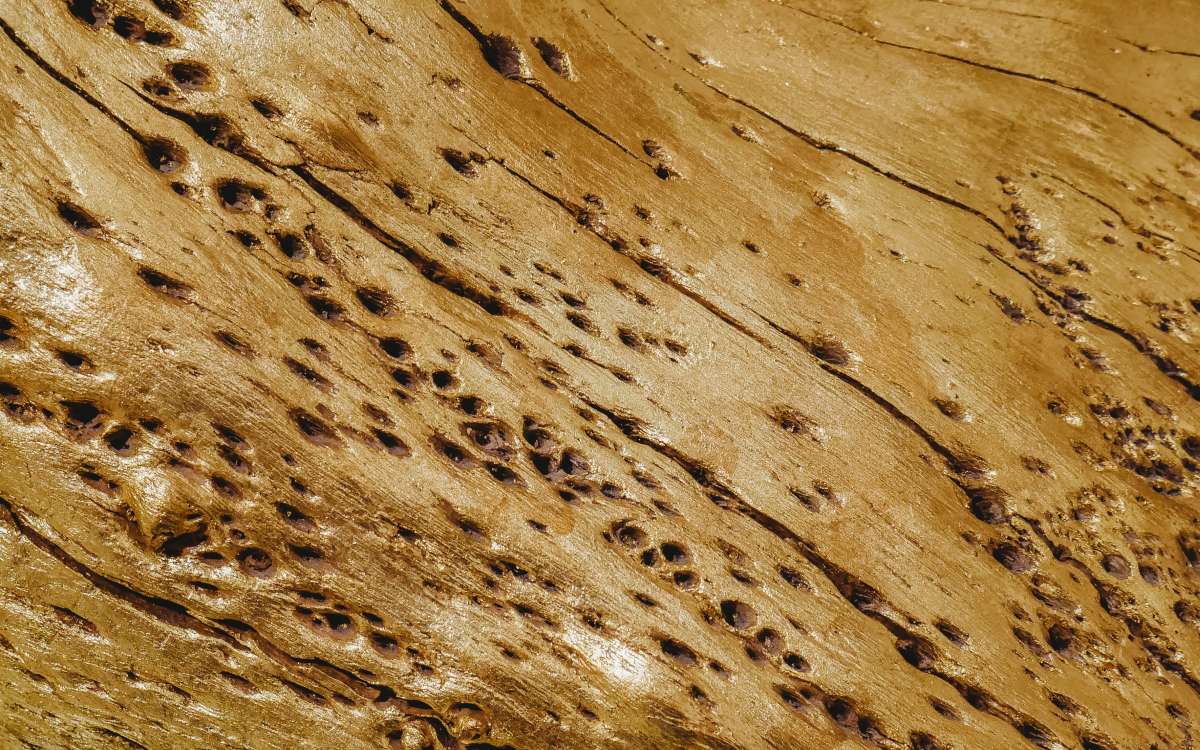
Termites are very bad bugs that can weaken the structure of a house, damage walls, and stop windows and door frames from working. Because they need to move food, they dig mud tunnels, which can ruin the look of a building. Pay more attention to the areas and buildings around your home to find and get rid of termite infestations.
Termites aren't as clear as other pests like ants and cockroaches, which makes it hard to find infestations. Check the floor, mud tubes, empty wood, panels, walls, and swarms to see if you have termites.
Keep your yard clean by cutting and raking the grass and being careful with dirt to keep termites away. Set up yearly termite checks to find trouble spots and avoid having to pay a lot of money for repairs. Termites can get through walls if trees have deep roots, so stay away from trees with those kinds of roots.
A good way to keep termites from getting into your home is to put up a termite fence around it. You should also be careful with deadwood and stumps because they can spread termite outbreaks. Watch out for plants or trees with deep roots, and don't plant trees too close to your house. Also, get rid of any dead stumps on your land.
It's not a good idea to garden next to your house because it can attract termites and make it hard to find bugs. Termite outbreaks can also be hard to spot when there is water damage.
To keep termites out of your home, keep it dry and away from plants. Leave at least fifty centimetres of space between bushes and the outside wall of your house so that you can visually check it.
When putting in an outdoor spa bath, don't put it on a wooden deck, right up against the base of the house, or on the wrong kind of mulch. Before building anything around or for your spa bath, talk to a professional in bug control.
Termites are less likely to get into retaining walls, outdoor furniture, and flower beds that are made of treated wood. To keep the wood from touching the ground, use metal stirrups. Outside buildings and structures must be up to code, and you should hire professionals to get rid of pests.
It is best to keep building materials and firewood away from your home and at least 20 cm above the ground so that termite colonies can't form.
Termites are a big problem in the building business because they eat a lot of wood and do a lot of damage to walls and structures. There are about 45 species, and about 2,500 species are thought to exist in the whole world.
The most common type is dampwood, which grows best in wet wood and can be found in rotting wood near water leaks or in places that are cool and damp.
Drywood termites can live in dead wood that is common in dry places and can also get into things like utility poles and furniture. Termites that live underground can get into wood and dirt that is close to the ground.
Getting rid of termites effectively is important for keeping your home in good shape. Chemical termite barriers, dig and inject techniques, and trench and treat techniques are some of the different ways to treat termites. For in-ground baiting, small plastic bait stations are placed carefully around the outside of a property. For chemical termite barriers, a continuous zone of treatment is made around a property. Drill and spray methods leave behind small, unnoticeable holes in the building, while trench and treat methods get rid of termites for up to eight years.
Damage from termites is dangerous and bad for safety, and it costs money to fix and fix up. To keep termites away for good, you need to do regular maintenance and get professional help.
Content Summary
- Termites pose a significant threat to the structural integrity of homes by feeding on wood and cellulose.
- Over time, termite activity can weaken structures, damage walls, and impair windows and door frames.
- Termites create mud tunnels for food transport, impacting the aesthetic value of buildings.
- The presence of termite frass or droppings can also degrade a structure's appearance.
- Identifying termite infestations can be challenging due to their elusive nature.
- Regular inspections of home environments are essential for spotting termite signs.
- Home flooring should be checked for blisters or bubbling, indicative of termite activity.
- Mud tubes on walls suggest termite movement from the ground to food sources.
- Empty timber, panels, or walls are a sign of termite feeding and structural weakening.
- Swarmers, or flying termites, and their discarded wings indicate new colonies.
- Frass along the window and door edges resembles sawdust, signalling termite presence.
- Early detection of termites is crucial for effective control.
- Termites rarely emerge from their tunnels, making early detection difficult.
- Hollow spots in exposed wood can indicate termite presence.
- Differentiating between termite and ant swarms is important for correct identification.
- Maintaining a clean yard helps prevent termite infestations.
- Regularly cut and rake grass to remove potential termite food sources.
- Use inorganic mulches like pine needles or pea gravel to deter termites.
- Annual termite inspections are crucial for early detection and control.
- Avoid planting trees with extensive root systems near your home to prevent termite entry.
- Remove dead stumps to eliminate potential termite habitats.
- Be cautious with garden placement to avoid covering weep holes and obscuring foundation visibility.
- Avoid water accumulation near the home's foundation to deter termites.
- Keep a visual inspection zone around the home for early termite detection.
- Be mindful of spa bath placement and materials to avoid attracting termites.
- Avoid using untreated wood for outdoor constructions to prevent termite attraction.
- Even treated wood can be vulnerable to moisture and decay.
- Store firewood away from the home and off the ground to deter termites.
- Understanding the habitat preferences of different termite species is key for control.
- Dampwood termites thrive in moist environments and indicate major moisture issues.
- Drywood termites can establish multiple colonies in a single wood piece.
- Subterranean termites infest wood and soil in contact with the earth.
- In-ground baiting systems use cellulose-based inserts to attract and poison termites.
- Chemical termite barriers create a protective zone around a property.
- The drill and inject method targets termites with a non-repellent termiticide.
- Trench and treatment methods can offer up to eight years of termite control.
- Regular maintenance and professional advice are crucial for termite protection.
- Untreated termite infestations can lead to significant structural damage.
- Severe termite activity can make doors and windows difficult to operate.
- Termite infestations can cause visible lines, cracks, and mud tubes in structures.
- Termite droppings can create cleanliness issues and potential health hazards.
- Advanced infestations can compromise the stability of ceilings and walls.
- Termite droppings may cause allergic reactions in some individuals.
- Termite damage can be costly to repair and poses safety risks.
- Early intervention is key to preventing extensive termite damage.
- Identifying termite species helps in choosing the right control method.
- Effective termite control methods vary based on the infestation severity.
- A combination of prevention and treatment strategies is most effective against termites.
- Professional pest control services can provide accurate termite identification.
- Awareness of termite behaviour and habitats enhances prevention efforts.
Frequently Asked Questions
Identifying subterranean termites involves looking for mud tubes near your home's foundation. These tubes are a key indicator of their presence. Regular inspections and prompt action are crucial in dealing with these destructive pests.
Early detection is vital in termite control. Signs of termite infestation include hollow-sounding wood, discarded wings, and the presence of frass, which resembles sawdust. Being vigilant and recognising these signs early can prevent extensive damage.
Yes, a DIY termite inspection is a proactive step in termite control. Check for moisture issues, inspect wooden structures regularly, and use termite baits strategically. However, professional inspections are equally important for a comprehensive assessment.
It is advisable to schedule professional termite inspections at least once a year. Regular inspections allow certified pest control professionals to detect termite activity early, preventing significant damage to your property.
Yes, termite baits are considered environmentally friendly. They target termites specifically, minimising harm to other organisms. Regular monitoring ensures the baits are effective while maintaining ecological balance.

